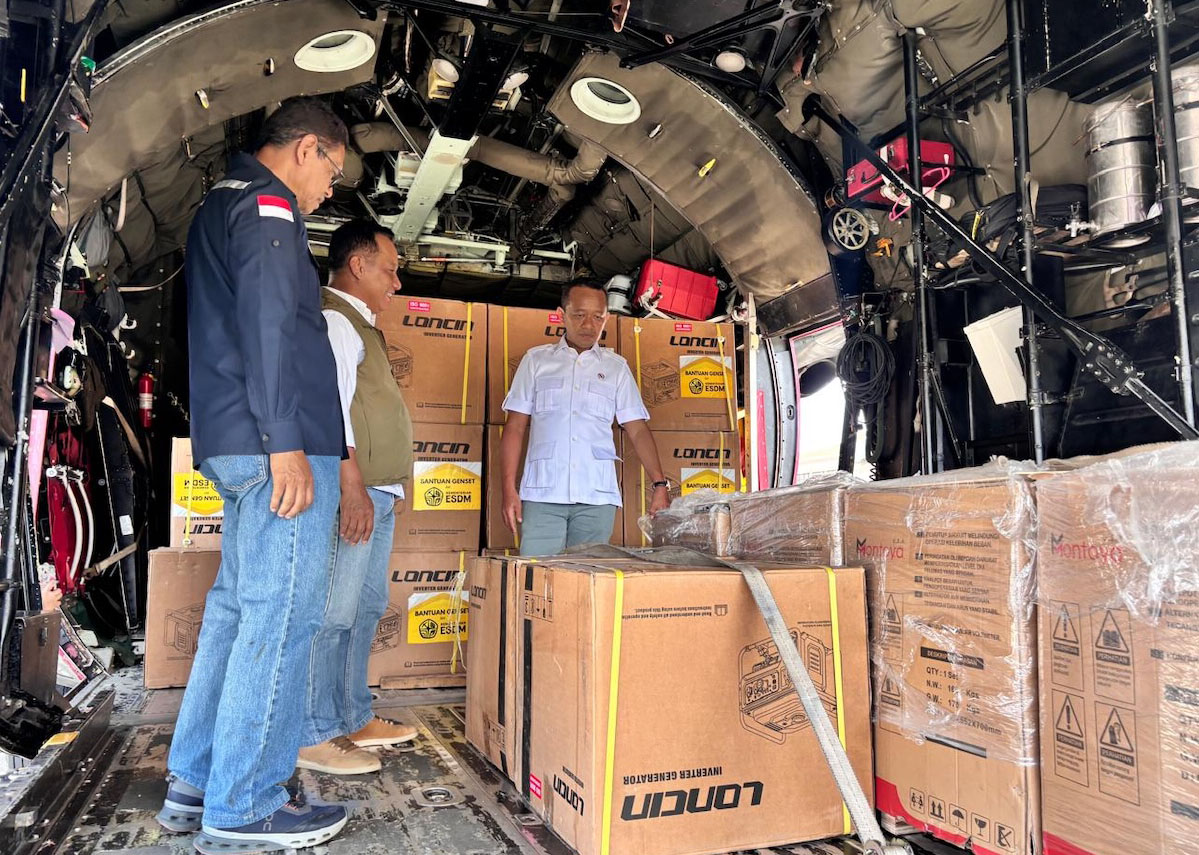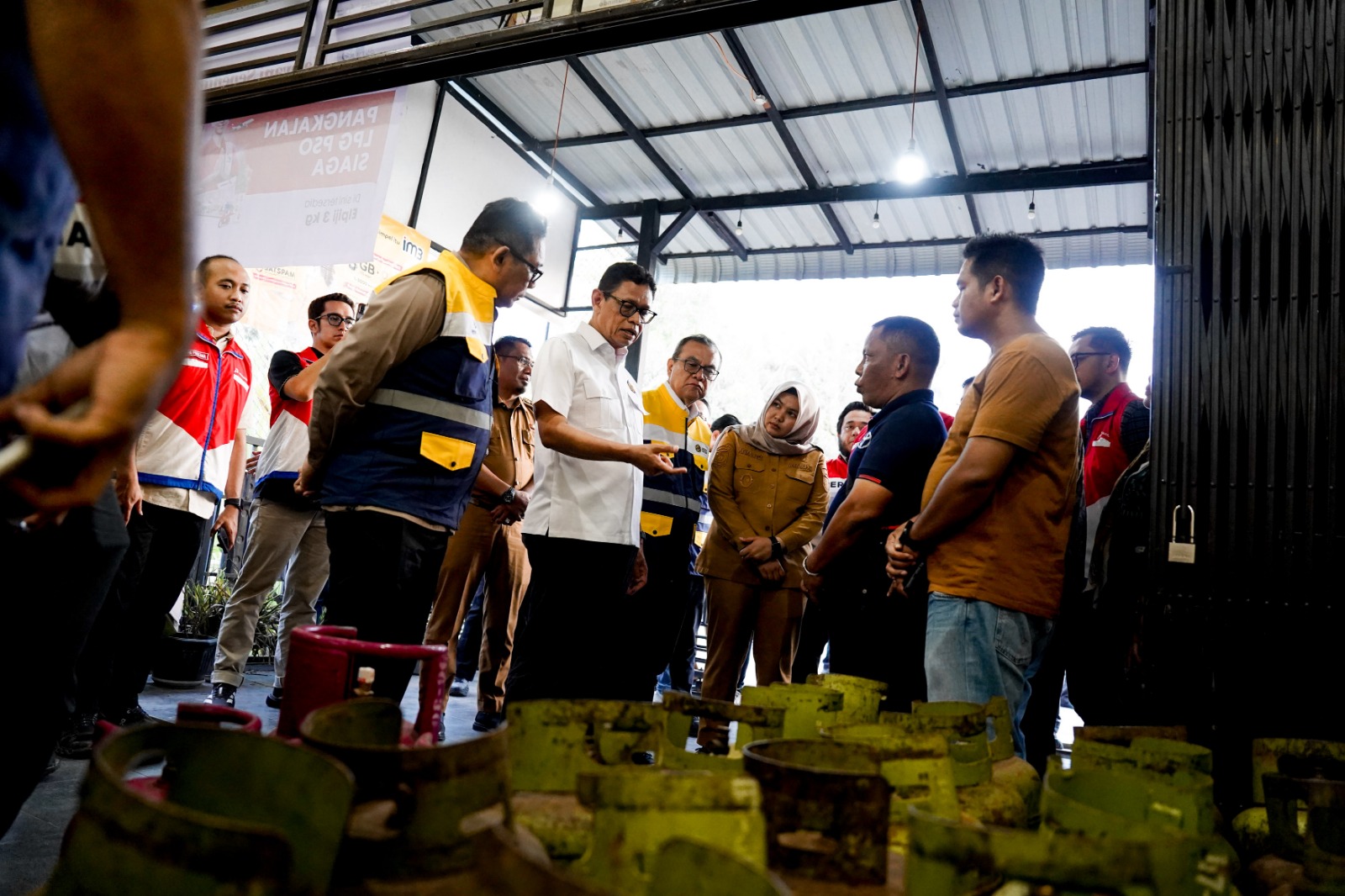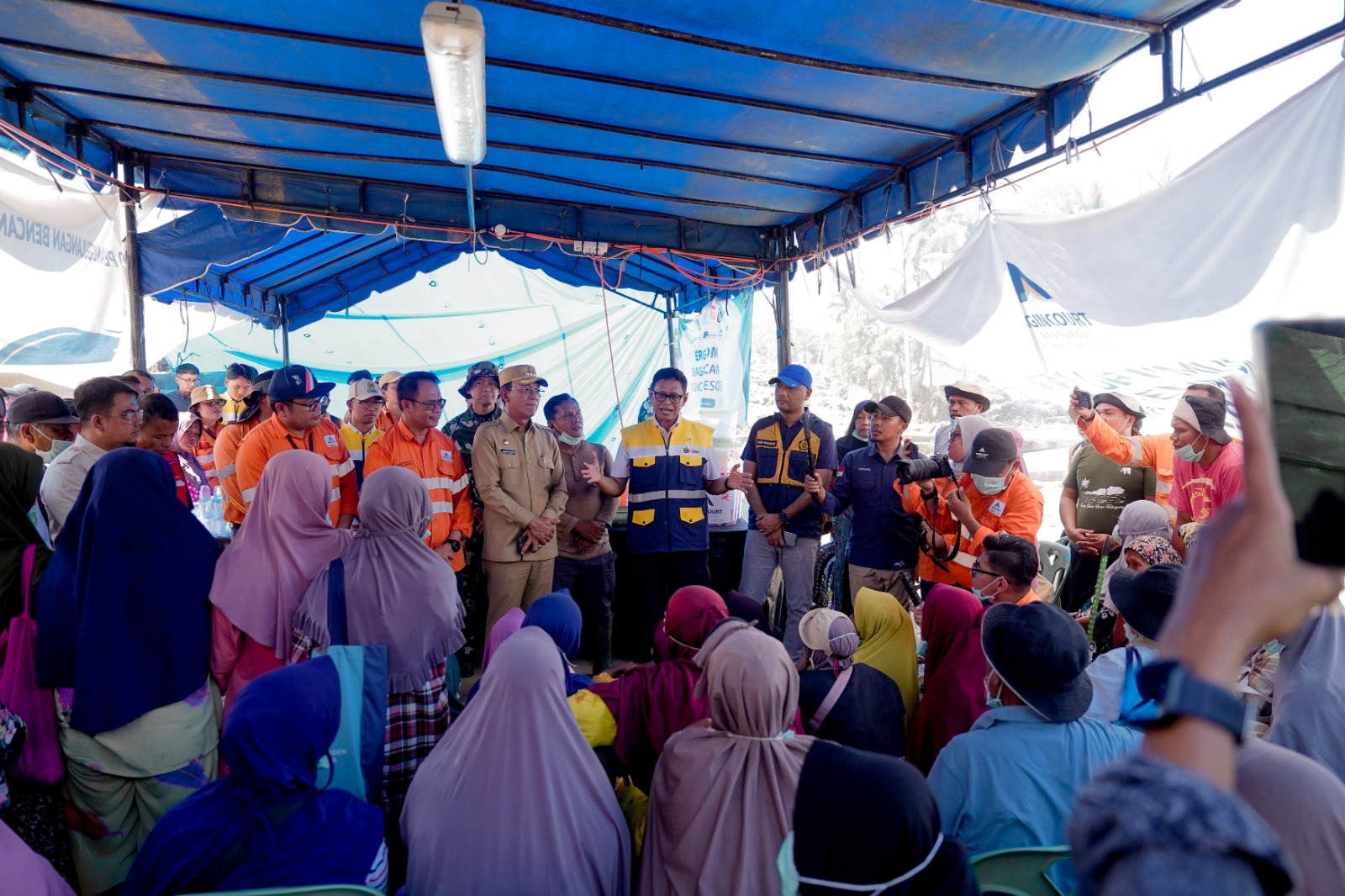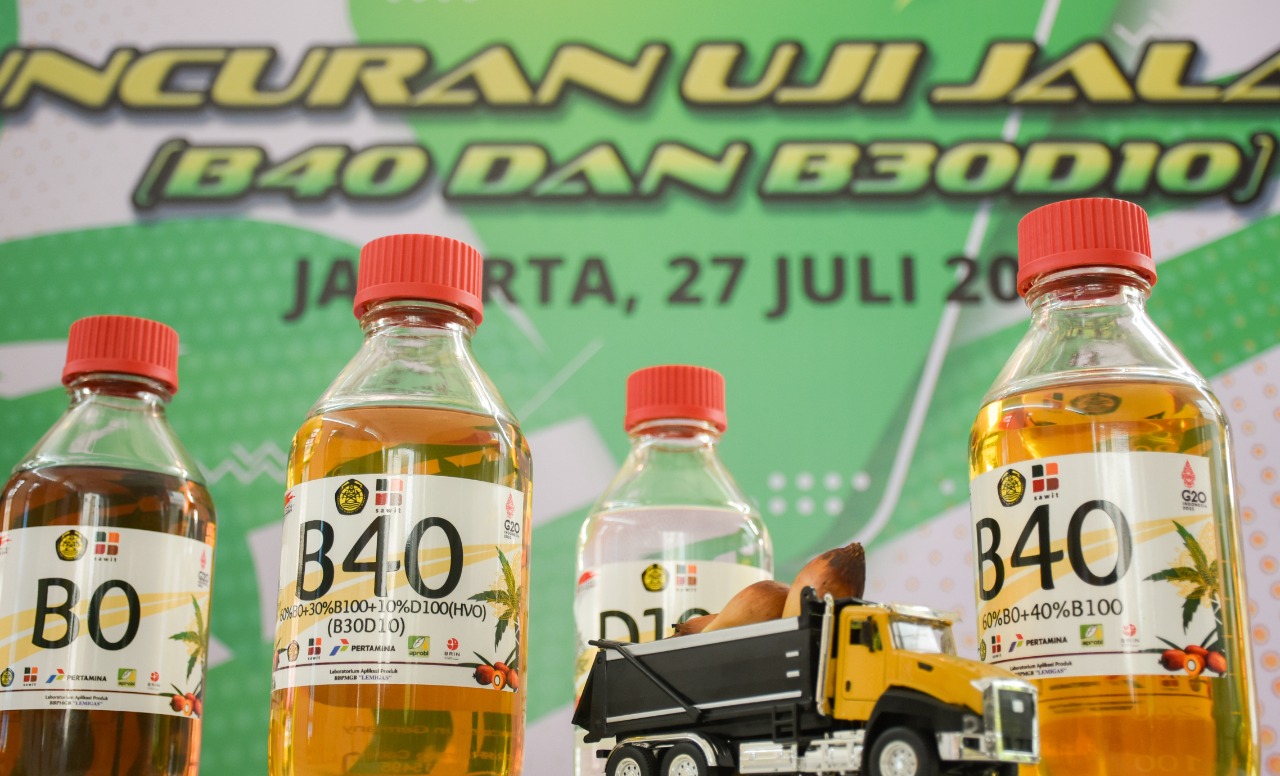
Energy Ministry Optimistic about O&G Lifting in 2030
MINISTRY OF ENERGY AND MINERAL RESOURCES
REPUBLIC OF INDONESIA
PRESS RELEASE
NUMBER: 357.Pers/04/SJI/2021
Date: 7 October 2021
Energy Ministry Optimistic about O&G Lifting in 2030
The Ministry of Energy and Mineral Resources (EMR) formed six task forces to meet the oil and gas production targets of 1 million Barrels of Oil per Day (BOPD) and 12 Billion Standard Cubic Feet of per Day (BSCFD) by 2030.
"To help meet the targets, we've formed task forces to accelerate production," said Director General of Oil and Gas, Tutuka Ariadji, during a Migas Goes to Campus discussion event titled "Dealing with the Challenges of 1 million BOPD and 12 BSCFD by 2030" held in Jakarta on Tuesday (5/10).
The six task forces are assigned to plan, monitor, and evaluate programs relating to acceleration of Plan of Development (POD), acceleration of drilling, Enhanced Oil Recovery (EOR), Fiscal Incentives, Non-Conventional Reserves, and Exploration.
According to Tutuka, the government is optimistic that the task forces can help realize the targets while still giving a priority to safety. Currently, Indonesia's oil consumption is higher than its production. On the contrary, the country has a surplus of gas production and larger amounts of gas reserves.
If the 1 million BOPD of production target is met, Indonesia can reduce its oil import from 1.1 million BOPD to 324,000 BOPD and save foreign exchange by USD14.1 billion annually between 2021 and 2040.
Directorate General of Oil and Gas, SKK Migas, and Production Sharing Contract (PSC) contractors had identified the production profile of each PSC contractor. It was discovered that by 2030, the oil production would total around 1 million BOPD. "The team from DG O&G had worked with PSC contractors, and we came up with a profile of almost 1 million BOPD. SKK Migas then completed the forecast to 1 million BOPD," Tutuka added.
The government has prepared several strategies to increase production, including routine work programs such as infill drilling/step out at existing fields and work over/well service. Additionally, the transformation of resources to production will be sped up by accelerating new and pending POD.
"The production increase program is also carried out through Enhanced Oil Recovery (EOR) such as chemical EOR, CO2 injection, and steamflood," explained Tutuka.
Moreover, the government plans to shift exploration locations, from previously focusing on the western region of Indonesia to the eastern region. "The western region has been densely exploited and explored, while spots in the eastern region is scarce. This is a challenge for all of us," Tutuka stressed.
Member of the Supervisory Board of Indonesia Association of Oil and Gas Safety and Engineering Experts (PAKKEM), Waluyo, expressed his support for the government's efforts. Waluyo said Business Entities/Permanent Establishments would certainly conduct activities such as capacity increase to help meet the targets.
Regrettably, there must old equipment or asset still used in these projects. Therefore, it is necessary to perform inspection, evaluation, and risk analysis to the equipment to maintain work safety. "Based on the risk analysis, we can decide whether or not the risks are tolerable. If they are, the project can continue. But if they're not, we have to mitigate the risks through renovation and improvement," explained Waluyo.
A Rise in O&G Reserves
The government's optimism about achieving the oil and gas production target by 2030 has been backed by a rise in the national oil and gas reserves. According to an official release of Special Task Force for Upstream Oil and Gas Business Activities (SKK Migas), oil and gas reserves are forecast to exceed the 2021 target.
Until September 2021, the Reserve Replacement Ratio (RRR) has given additional 521 Million Barrels of Oil Equivalent (MMBOE) of oil and gas reserves, or 83.3 percent of the total target for 2021 of 625 MMBOE.
SKK Migas Planning Deputy, Benny Lubiantara, said the realization would boost the RRR realization prognosis in November 2021 to around 134 percent because a significant reserves addition was forecast to occur in the last two months of 2021.
SKK Migas has forecast the RRR realization will at least hit 186 percent by the end of the year, or even 240 percent if the incentive proposal is agreed by the government. "If everything runs well, we forecast the RRR can hit 240% by the end of the year. The POD currently being discussed will significantly add oil and gas reserves," said Benny on Wednesday (6/10).
One of the strategies to increase production is by speeding up Resource to Production (R to P). Successful POD discussions will not only impact RRR realization but also is an important step to meet the production targets of 1 million BOPD and 12 BSCFD by 2030.
Head of Bureau of Communication, Public Information Services, and Cooperation of Ministry of EMR, Agung Pribadi, expressed his appreciation for the realization. "This is significant capital to fulfil the oil and gas production target by 2030. Our ministry is coordinating with the Ministry of Finance. We're drafting a proposal to provide additional fiscal relief," said Agung.
For the record, RRR is the amount added to the proven oil and gas reserves divided by the amount extracted. RRR is expressed in percent. A ratio of 100% means current production is sustainable, above 100% means it can grow, and below 100% means it is likely to decline. (IY)
Head of Bureau of Communication, Public Information Services, and Cooperation
Agung
Pribadi (08112213555)
Share This!






